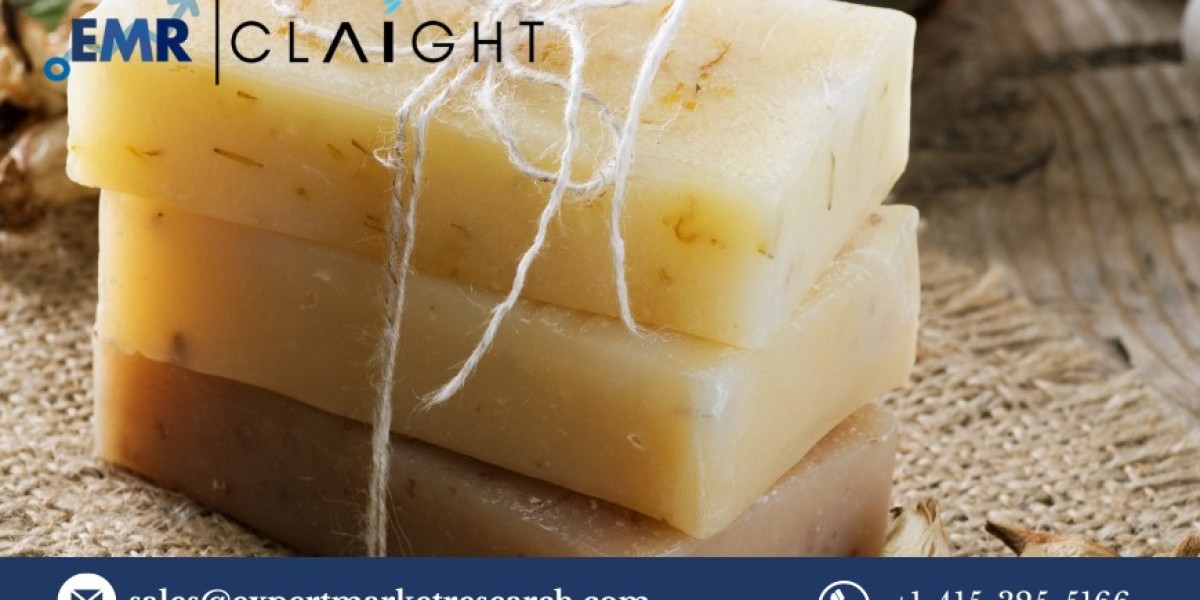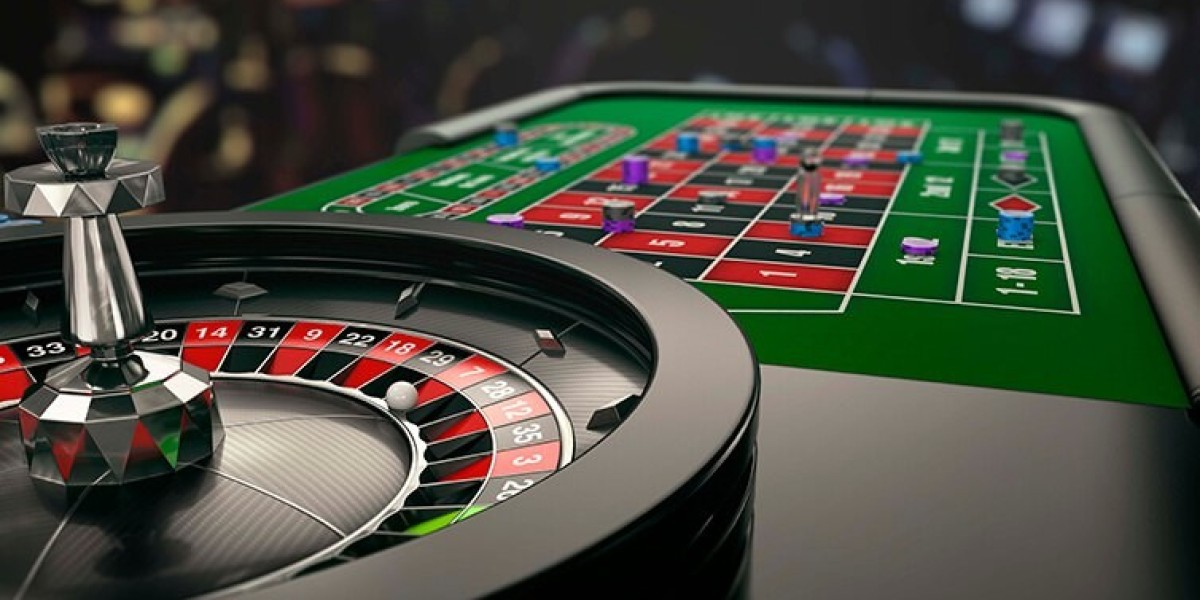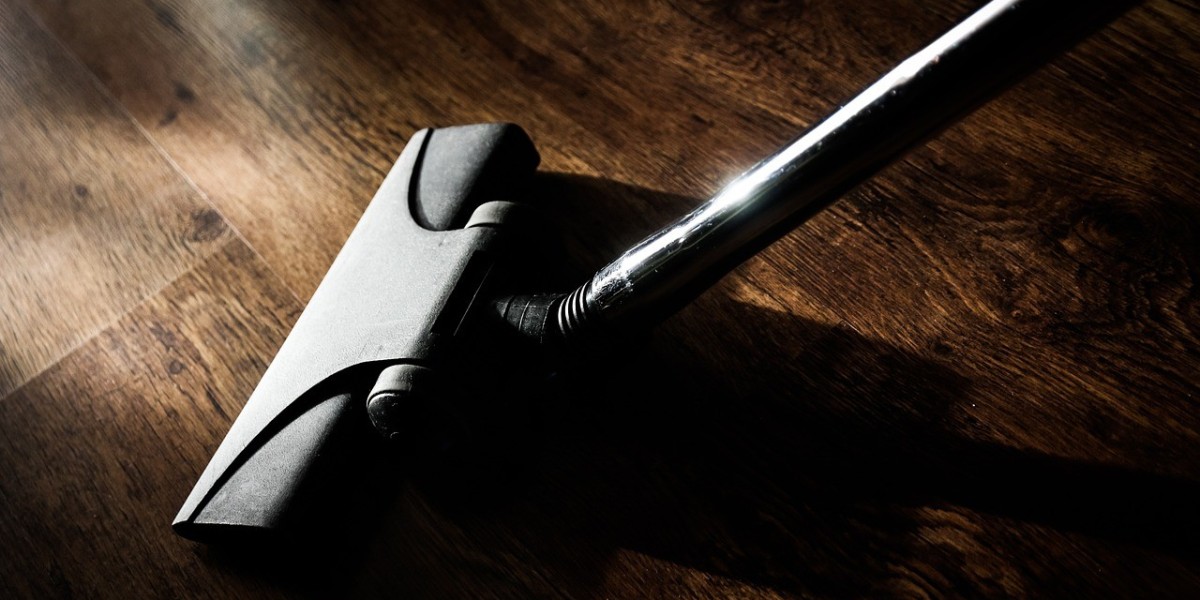The global bath soap market, a cornerstone of the personal care industry, reached an estimated value of USD 23.87 billion in 2023. Fueled by rising hygiene awareness, changing lifestyles, and product innovations, the market is expected to grow at a steady compound annual growth rate (CAGR) of 4.7% between 2024 and 2032, reaching approximately USD 36.05 billion by 2032. This blog explores the key dynamics, trends, and growth prospects of the bath soap market, with insights into regional variations, market segmentation, and major players.
Market Overview and Regional Insights
Bath soaps, categorized as essential personal care items, have been integral to human hygiene for centuries. Despite the emergence of alternatives like shower gels and liquid body washes, bar soaps continue to dominate the global market. One of the most significant growth drivers for the industry is the expanding global population, particularly in densely populated regions like Asia Pacific.
Asia Pacific: The Largest Regional Market
Asia Pacific leads the global bath soap market, accounting for nearly 40% of the industry's value. This dominance is largely attributed to the region's vast population, which comprises about 60% of the global population. India and China, the most populous countries in the world, contribute significantly to the demand for bath soaps. India, with 17.5% of the global population, is expected to surpass China (18%) as the world's most populous country in 2023, driving further growth in bath soap consumption.
Moreover, the burgeoning retail sector in Asia Pacific, particularly in countries like India and China, fuels market expansion. India ranks as the fourth-largest retail market globally and the third-largest in Asia, creating vast opportunities for bath soap manufacturers to capitalize on growing consumer demand. The market is also benefiting from increased penetration of hygiene products in rural areas and an overall increase in disposable incomes across the region.
North America and Western Europe: Significant Markets
North America and Western Europe together account for 45% of the global bath soap market. These regions are characterized by high levels of consumer spending on personal care products and a growing preference for organic and natural bath soap variants. Although the market is mature in these regions, innovations in product formulations, eco-friendly packaging, and the rise of premium and niche products are driving demand.
Market Segmentation
The bath soap market is diverse, offering products in various forms, price categories, and for different consumer segments. Understanding these market segments is crucial to appreciating the market's evolution and growth trajectory.
By Type: Organic vs. Conventional
- Organic Bath Soaps: With the growing trend towards natural and eco-friendly products, organic soaps, made from natural ingredients, are gaining popularity. These soaps appeal to health-conscious consumers who prioritize products free from chemicals and synthetic additives.
- Conventional Bath Soaps: Despite the rise of organic alternatives, conventional soaps remain dominant due to their affordability and widespread availability.
By Form: Solid vs. Liquid
- Solid Soaps: Solid soaps, including bar soaps, remain the most widely used form globally. They are cost-effective, long-lasting, and convenient for bulk purchasing.
- Liquid Soaps: Although bar soaps dominate the market, liquid soaps are increasingly popular, particularly in regions like North America and Europe, where consumers seek convenience and variety in personal care products.
By Price Category: Premium vs. Mass
- Premium Soaps: This segment includes luxury and artisanal bath soaps, often marketed as specialty items with unique fragrances, moisturizing properties, and aesthetic appeal.
- Mass Soaps: Affordable bath soaps targeted at the general population. These products prioritize functionality and widespread availability over luxury features.
By End-User: Men, Women, and Baby
- Men: Bath soaps tailored for men often feature rugged fragrances and emphasize cleansing properties suitable for active lifestyles.
- Women: Women-focused bath soaps frequently incorporate moisturizing and skin-nourishing ingredients, appealing to beauty and skincare concerns.
- Baby: The baby segment focuses on gentle, hypoallergenic formulations that cater to the sensitive skin of infants, often marketed as dermatologist-tested and chemical-free.
By Distribution Channel: Supermarkets, Convenience Stores, and More
- Supermarkets and Hypermarkets: Major distribution channels that offer a wide variety of bath soaps at different price points. The ease of access and the ability to compare products make these channels popular among consumers.
- Convenience Stores: These smaller stores cater to consumers looking for quick purchases, offering a limited but curated selection of bath soaps.
- Pharmacies and Specialty Stores: Pharmacies often carry dermatologically recommended soaps, while specialty stores offer niche and premium products.
- Online Retail: The rise of e-commerce has transformed how consumers purchase personal care products, including bath soaps. Online platforms allow consumers to explore a broader range of products, compare prices, and access user reviews.
Key Drivers of Market Growth
Several factors contribute to the steady growth of the bath soap market. These include:
Growing Global Population: The rising global population, particularly in emerging markets, continues to drive demand for personal care products, including bath soaps.
Increasing Disposable Incomes: As economies in regions like Asia Pacific and Latin America experience growth, disposable incomes are rising, leading to higher spending on personal care and hygiene products.
Changing Consumer Preferences: Consumers are increasingly looking for diverse product offerings, including those with unique fragrances, moisturizing properties, and eco-friendly packaging.
Hygiene Consciousness: In light of rising health concerns and awareness about hygiene, particularly following the COVID-19 pandemic, consumers are more focused on maintaining cleanliness, leading to increased demand for bath soaps.
Product Innovations: Key players in the market are continually innovating, introducing new products that cater to specific skin types and address environmental concerns. For example, Procter & Gamble recently launched water-free soap swatches that foam upon contact with water, reducing production water usage significantly.
Challenges Facing the Bath Soap Market
Despite the positive growth outlook, the bath soap market faces challenges that could hinder its expansion:
Increasing Competition from Alternatives: The growing popularity of shower gels, body washes, and bath powders presents a challenge for traditional bath soap manufacturers. These alternatives offer convenience and are often marketed as more luxurious and skin-friendly, particularly in mature markets like North America and Europe.
Environmental Concerns: As consumers become more eco-conscious, bath soap manufacturers must adapt by offering environmentally friendly packaging and sustainable ingredient sourcing. Failure to address these concerns may lead to a loss of market share to brands that prioritize sustainability.
Competitive Landscape
The global bath soap market is consolidated, with the top three players—Procter & Gamble, Unilever, and Colgate-Palmolive—accounting for nearly 29% of the industry. These companies are continuously innovating to maintain their market leadership.
Procter & Gamble: The global leader in the bath soap market, Procter & Gamble holds 15% of the market share. Its focus on research and development (R&D) and the launch of innovative products, like water-free soap swatches, underscores its commitment to sustainability and product differentiation.
Unilever: A significant player in the bath soap market, Unilever offers a wide range of bath soaps under brands like Dove and Lux. The company is known for its strong marketing campaigns and focus on product quality.
Colgate-Palmolive: Colgate-Palmolive is another major player, with a strong presence in the global bath soap market. Its focus on providing affordable yet effective products has helped it maintain a competitive edge.
Other notable companies in the market include Forest Essentials, Osmia Organics, Beiersdorf AG, Henkel AG & Co. KGaA, L'occitane International SA, L’Oreal S.A., Johnson & Johnson Services, Inc., and Davines S.p.A. These companies are leveraging their strong brand presence and innovations to capture market share.
The global bath soap market is poised for steady growth, driven by population expansion, rising hygiene consciousness, and product innovations. While the market faces challenges from alternative products and environmental concerns, major players are adapting through sustainability initiatives and innovative product launches. The Asia Pacific region is expected to remain a dominant force, with significant contributions from India and China, while North America and Europe will continue to offer opportunities for premium and niche products. As consumer preferences evolve, the bath soap market will likely see further diversification in terms of product offerings and distribution channels, paving the way for continued growth through 2032.
Read More Reports:








